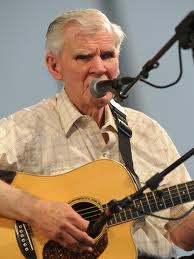When I first saw Cimino’s “The Deer Hunter,” I was fascinated and horrified by the Russian roulette scenes, in which captured G.I. during the Viet Nam War are forced to spin the cylinder and take their chances. It seemed an apt metaphor for the political and military situation of the time, but when I learned that it was pretty much a construct for the purposes of the film, a compressed but artificial expression of the randomness of violence, my enthusiasm cooled. Like many of my friends, I wondered if the grafting of a fictional practice (which the film suggests is widespread in wartime Nam) onto the actual atrocities doesn’t somehow interfere with our moral intelligence, dimming the legitimate response to actual crimes and horrors.
I was drawn to read Seth Grahame-Smith’s Abraham Lincoln Vampire Hunter by the blurbs and reviews that praised its historical detail and the excellence of the research behind it. In that respect, I was disappointed, as a high school history text and a few good Britannica articles will supply all the historical review a reasonably well-educated person would need to create the era as G-S has done. What did, however, make a strong impression on me — and sent me back to the roulette question — was the author’s decision to conflate the fictional/mythic spooky gore of vampires with the actual horrors of the American slave system. Slave traders and their sympathizers, the reader learns, are usually vampires, as are many plantation owners, whose cash crop is actually the population of slaves, whom other vampires purchase and feed on.
I know the horror genre is just one of many word games, but I can’t help wondering if G-S’s league of evil doesn’t somehow obscure the fact that the kind of metaphorical vampirism involved in slaveholding and trading is — because it was (is) real and because it can’t be defeated in one fell swoop — a greater horror. Another case of the invented obscuring the actual. I admit that it’s not likely that many adult readers will be confused about the threshold between the fantastic and the factual, but it seems a topic that might merit some serious discussion. Perhaps you know of some reviewer who took on this issue when the hardback was published? Certainly it will be interesting to see how the film (with trailers that present the story it as all martial arts/horror splatter and snicker) manages this question and how viewers and reviewers respond.



